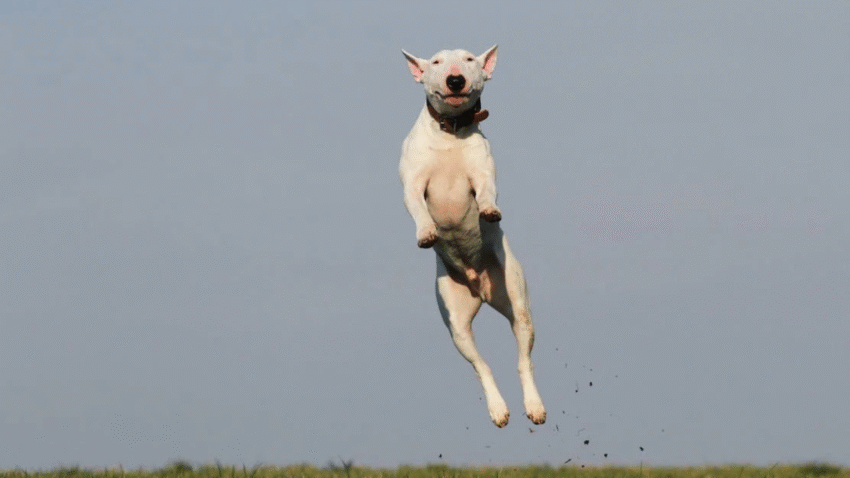Introduction
Want to keep your dog happy, healthy, and full of life? Creating a wellness routine for your dog is the best way to make that happen. In this guide, you’ll learn how to create a wellness routine for your dog that covers everything from daily care to mental stimulation and long-term health. Whether you’re a new pet parent or just want to level up your care, this routine will set your pup on the path to a longer, healthier life.
Why a Wellness Routine Matters for Dogs
Dogs thrive on consistency, just like people. A structured wellness routine ensures your dog’s physical, mental, and emotional needs are met every day. It’s not just about walks and food—true wellness includes exercise, grooming, mental enrichment, vet visits, and emotional bonding.
A proper wellness routine can:
- Prevent obesity and joint issues through regular exercise
- Catch health problems early with consistent grooming and observation
- Reduce stress and behavioral issues with mental stimulation
- Strengthen the bond between you and your dog
A little planning now can save you vet bills and heartache later.
Step-by-Step Guide to Creating a Wellness Routine
Step 1: Set a Daily Schedule
Dogs feel safest when they know what to expect. Start by setting regular times for:
- Feeding: Same time each morning and evening.
- Bathroom Breaks: At least 3–5 times per day.
- Walks: Daily or twice daily, depending on breed energy level.
- Playtime: Interactive games like fetch, tug-of-war, or training sessions.
💡 Tip: Create a written schedule and stick it on the fridge.
Step 2: Focus on Physical Exercise
Regular physical activity prevents weight gain, strengthens muscles, and reduces behavioral problems.
- Walks: 30 to 60 minutes daily depending on age and breed.
- Off-leash Time: If you have access to a safe space.
- Agility Games: Hide and seek, obstacle courses, or backyard fetch.
- Breed-Specific Activities: Herding breeds need different challenges than lapdogs.
Step 3: Include Mental Stimulation
Mental exercise is just as important as physical.
- Training Sessions: Practice commands or teach new tricks.
- Puzzle Toys: Treat-dispensing toys keep their brain busy.
- Scent Games: Hide treats or toys around the house for them to sniff out.
- New Experiences: Change walking routes or introduce safe new environments.
Step 4: Build in Grooming and Health Checks
Grooming isn’t just about looks—it’s an early warning system for health.
- Brushing: 2–3 times a week (daily for long-haired breeds).
- Bathing: Every 4–6 weeks or as needed.
- Ear & Eye Checks: Weekly.
- Teeth Brushing: 2–3 times a week minimum.
- Nail Trims: Every 3–4 weeks.
🦷 Don’t forget dental care! Learn [how to brush your dog’s teeth at home].
Step 5: Schedule Regular Vet Visits
Preventative care is a big part of wellness.
- Annual Checkups: Even if they seem healthy.
- Vaccinations: Follow your vet’s recommended schedule.
- Flea, Tick & Worm Prevention: Monthly or as prescribed.
- Senior Screenings: More frequent visits if your dog is over 7 years old.
Step 6: Prioritize Bonding and Emotional Wellness
Dogs are social animals. Emotional health is part of wellness too.
- Quality Time: Petting, cuddles, and relaxing together.
- Verbal Praise: Always reward good behavior with kind words and tone.
- Positive Reinforcement: Never use punishment—reward-based training is key.
- Safe Space: Provide a quiet area where your dog can rest undisturbed.
Common Mistakes to Avoid
- Being Inconsistent
– Skipping walks or meals throws off your dog’s rhythm and leads to anxiety or bad behavior. - Overfeeding or Free-Feeding
– Too much food or food available all day can cause weight gain. Stick to set portions and times. - Neglecting Mental Health
– Dogs need mental stimulation just as much as play. Bored dogs act out—chewing, barking, or digging. - Skipping Grooming
– Matted fur, long nails, and dirty ears lead to infection and discomfort. Groom regularly. - Delaying Vet Care
– Don’t wait until something is wrong. Preventative care saves money and keeps your dog healthier long-term.
Extra Tips & Recommendations
- Use a Dog Planner App: Track walks, meals, medications, and vet visits.
- Rotate Toys Weekly: Keeps things fresh without buying new ones all the time.
- Create a Relaxing Bedtime Routine: A calm walk and cuddle session can help your dog sleep better.
- Hydration Station: Always have clean, fresh water available—especially after exercise.
Want more helpful routines? Read our post on [how to create a feeding schedule for your dog].
Conclusion
Creating a wellness routine for your dog doesn’t have to be complicated. With consistency, love, and a little planning, your dog will thrive physically, mentally, and emotionally. You’ll both enjoy the rewards of a healthier, happier life together.
🐶 Stick with it—your dog’s tail will thank you! For more helpful dog care tips, keep exploring our guides.
